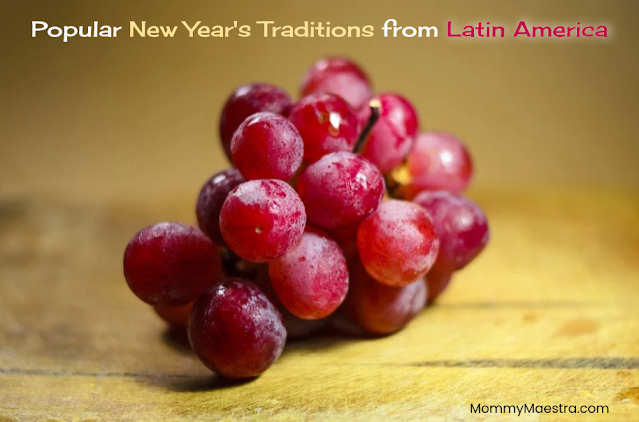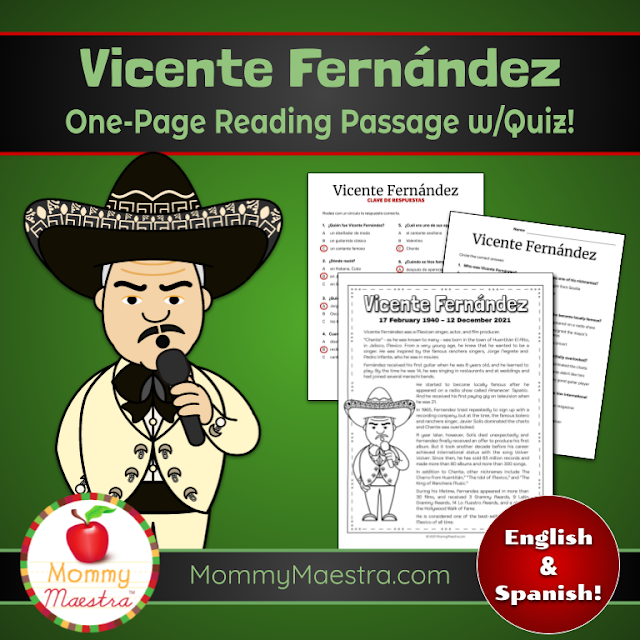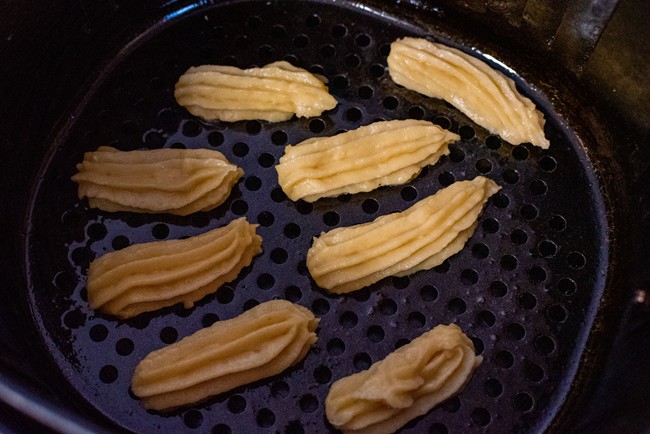
I was super surprised to look back through MommyMaestra and discover that I don't have a post on gratefulness. This year has been a difficult one for my family - especially the last two months. In September, I brought my abuela home on Hospice so that I could care for her and so that she would not die surrounded by strangers who were paid to take care of her.
We celebrated her 93rd birthday here. And I watched as she declined both mentally and physically. This weekend, she passed away.
It was a HUGE lesson in compassion for my kids. And it taught my kids many other important lessons, including gratefulness. They learned to be grateful for family, love, and kindness. Thankful for the support and blessings we received while caring for her - especially from the Hospice provider who worked with us. Thankful for the friends who came to our rescue more than once.
Even though I have always tried to nurture gratefulness in my kids as they were growing up, since the teen years have come around, I've watched them really struggle with being grateful. Instead, I've seen self-criticism, doubt, and anxiety creep in. So while this may have been an extreme way to refocus them on being thankful, it was an opportunity none the less.
It's never too late to try and instill gratefulness in your children. Parents should set an example by always being thankful and encouraging children to give back and be aware of the good things they have been given.
A great way to practice gratitude is through giving thanks in your own life: pray, meditate, count blessings one-by-one, or simply take 10 minutes out of every day to think about those things for which you are grateful.
Teaching children the meaning of gratitude will help them find joy in everyday living and appreciate all they have been given. It will also help them to develop their emotional maturity and harness positive emotions.
Is Appreciation the Same as Gratitude?
There is often confusion regarding the two words "appreciation" and "gratitude." But in essence, they are both similar.
Here's how you can distinguish between the two:
Appreciation means to recognize or admire the positive qualities of someone or something. For example, if your child receives an A on their report card, you might let them know that you appreciate their hard work by congratulating them for doing well.
Gratitude is a feeling of thankfulness. You might show appreciation as part of your gratitude. For example, if your child comes home with a report card and you ask them what grade they got, you might say, "I'm so grateful for your hard work. Thank you for always trying your best."
The two overlap in many ways, but essentially, if someone is showing heartfelt appreciation to you, it's because they are feeling grateful.
How Do I Make My Child More Grateful?
If you feel like your child is lacking in gratitude, there are numerous ways you can nurture it.
Genuine gratitude is one of the most important virtues that people should practice daily. Still, it can be difficult for some people to find within themselves.
This could mean helping them thank someone who has helped them in the past or even taking a walk outside and thanking Mother Nature for all of her beautiful creations.
As a parent, one should make their child aware of these things and encourage them to be grateful for what they have been given, especially the seemingly small things.
Another great way to practice gratitude with your children is to create a welcoming and open environment for them to explore the world around them.
You can do this by always showing them how thankful you are, encouraging them to give back, and being aware of the good things that life has to offer.
How Do You Nurture an Attitude of Gratitude?
Gratitude is an attitude that can be easily nurtured in children, but it needs to start at home.
Parents often wonder about the best way to teach gratitude to their children. This means coming up with ways to encourage thanking people for what they have done for them instead of getting more things.
Children are very good at taking what they have for granted, simply because it's something they've always had. If your child never knows any different, how do you get them to appreciate what they have?
It really starts by helping your child notice all the good things around them and talking about why having these things makes life better.
Start small by helping them say thank you when someone does something nice. If your child is old enough, have them write a short note or draw a picture that can be given to someone in appreciation.
When they receive something new, whether it's a toy or clothing item, encourage them not just to play with it but let them know how special it is because someone was thinking of them when they got it.
You might think that your child isn't capable of being grateful at such a young age, but you'd be surprised by what they can understand.
Here Are Some Great Activities to Nurture Gratefulness in Your Children
Sign Your Children up to Volunteer
Having your child volunteer in their community is a great way to encourage them to be grateful for the things they have.
The act of working with other people will also teach them how to work together and show them that there are always ways to help out others.
Have Your Children Practice Gratitude Daily
It can sometimes seem like a chore for your children to thank their grandparents, parents, teachers, etc., for all they have done. However, digging deep into everyday life will ensure your children never lose sight of the essential things in life.
There are many ways to do this. Here is just one: Even if it's just for a few minutes at night before bedtime, go over what you're grateful for and let your children tell you what they're feeling grateful for, too.
You could also help your children to start to write in a gratitude journal. A gratitude journal is a notebook where they can write down what they are feeling thankful for each day.
Here Are Some Great Books to Nurture Gratefulness in Your Children
It's never too late to try fostering gratefulness in your children. Some great books can help you do just that, and they're listed below.
Gratitude is My Superpower: A children’s book about Giving Thanks and Practicing Positivity by Alicia Ortego
The Giving Book: Open the Door to a Lifetime of Giving by Ellen Sabin
Thankful by Eileen Spinelli
Giving Thanks: A Native American Good Morning Message by Chief Jake Swamp
(Also available in Spanish: Gracias Te Damos: Una Ofrenda de Los Nativos Americanos Al Amenecer de Cada Dìa)
The Berenstain Bears and the Joy of Giving by Jan Berenstain
The Quiltmaker's Gift by Jeff Brumbeau
Nurturing gratitude in children is a quality that many people have a hard time with. It can be difficult to teach them how to find the good things in life and see the blessings they’ve been given because it takes practice, patience, and understanding.
If you want your child to grow up feeling grateful for what they have, make sure you model this behavior yourself by always being thankful and encouraging them of all their gifts as well as appreciating everything around you.
Although it may take some work at first, if done right, practicing gratitude will become second nature over time. So don't give up on teaching your child these important qualities!
image source: © Can Stock Photo / Nikki24




















































